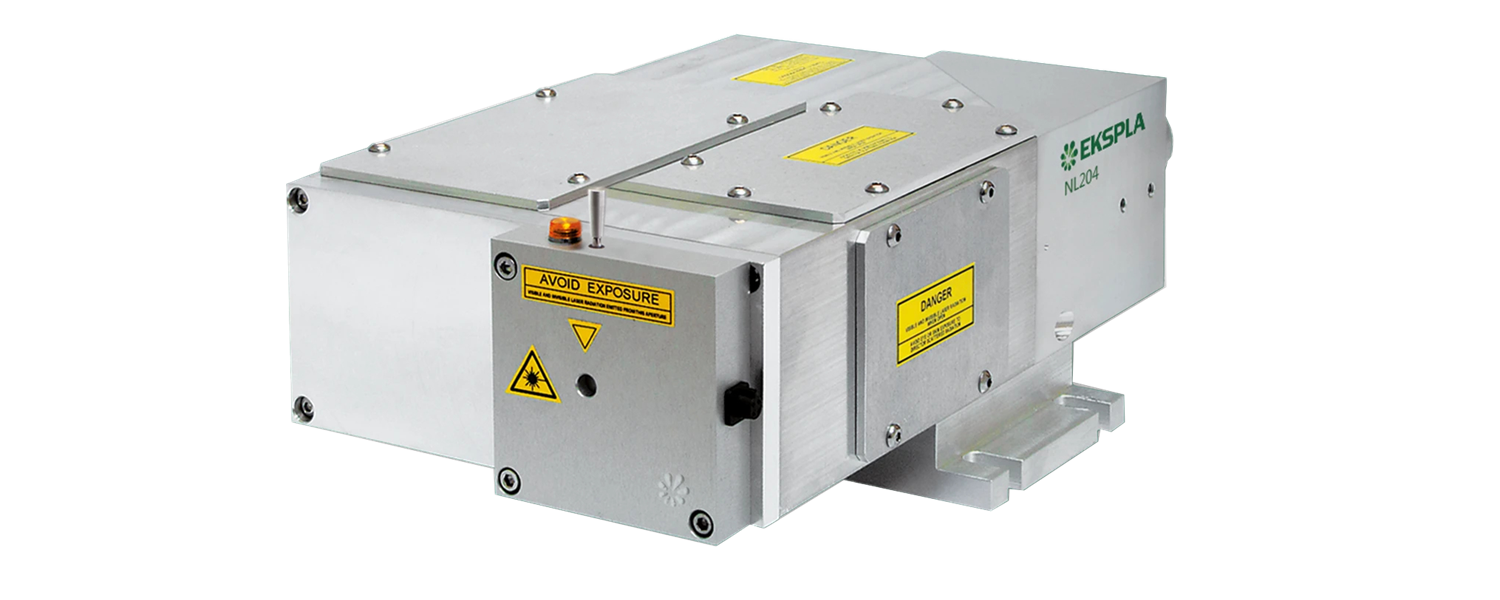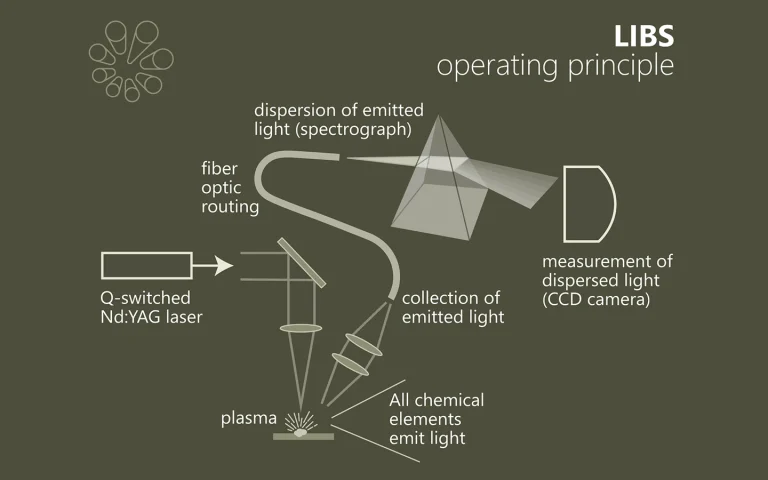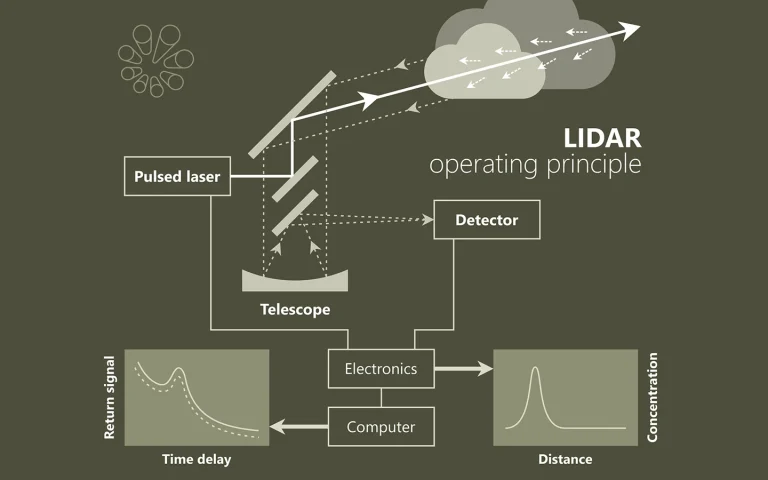NL200
Compact Q-switched DPSS laser
The NL200 series of air-cooled nanosecond lasers offer high pulse energy at kHz repetition rates. The end-pumped design makes this laser compact and easy to integrate into various industrial or R&D systems.

Features
- Two-year warranty
- Up to 4 mJ pulse energy at 1064 nm
- Up to 2500 Hz variable repetition rate
- 532 nm, 355 nm, 266 nm, 213 nm available as standard wavelengths
- <10 ns pulse duration at 1064 nm
Electro-optical Q-circuit - Turnkey operation
- Compact design
- Air-cooled
- External TTL triggering
- Remote control via keypad and/or any controller under any operating system using REST-API commands
Applications
- Material processing
- Repair of LCD and
- OLED display panels
- Marking
- Micromachining
- Engraving
- Laser ablation
- Laser deposition
- Laser cleaning
- Ablation
- Spectroscopy
- OPO pumps
- Remote sensing
Applications

Destruction for precise findings
Laser-induced plasma spectroscopy (LIBS) is a fast, non-destructive method for determining the elemental composition of materials. An intense laser pulse generates a plasma on the sample, the characteristic emission of which is analyzed. LIBS is suitable for almost all types of material – solid, liquid or gaseous – and is particularly valuable for applications where rapid, spatially resolved analysis is required

Distance as a data source
LIDAR emits short laser pulses that are scattered by particles, aerosols or molecules in the atmosphere and detected by a telescope. The distance is calculated from the travel time of the light, creating a spatial profile along the beam. LIDAR uses UV, visible or near-infrared light and is suitable for detecting a wide variety of materials – even in environments that are difficult to access.
